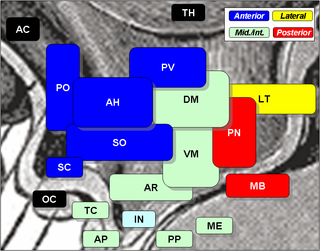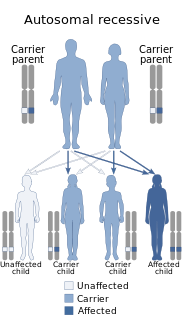| pro-opiomelanocortin | |||||||
|---|---|---|---|---|---|---|---|
 | |||||||
| Identifiers | |||||||
| Symbol | POMC | ||||||
| NCBI gene | 5443 | ||||||
| HGNC | 9201 | ||||||
| OMIM | 176830 | ||||||
| RefSeq | NM_000939 | ||||||
| UniProt | P01189 | ||||||
| Other data | |||||||
| Locus | Chr. 2 p23 | ||||||
| |||||||
 | |
| Names | |
|---|---|
| IUPAC name L-arginyl-L-prolyl-L-valyl-L-lysyl-L-valyl-L-tyrosyl-L-prolyl-L-asparaginyl-L-glycyl-L-alanyl-L-α-glutamyl-L-α-aspartyl-L-α-glutamyl-L-seryl-L-alanyl-L-α-glutamyl-L-alanyl-L-phenylalanyl-L-prolyl-L-leucyl-L-α-glutamyl-L-phenylalanine | |
| Identifiers | |
3D model (JSmol) | |
| ChemSpider | |
PubChem CID | |
| |
| |
| Properties | |
| C112H165N27O36 | |
| Molar mass | 2465.705 g·mol−1 |
Except where otherwise noted, data are given for materials in their standard state (at 25 °C [77 °F], 100 kPa). | |
Corticotropin-like intermediate [lobe] peptide (CLIP), also known as adrenocorticotropic hormone fragment 18-39 (ACTH(18-39)), is a naturally occurring, endogenous neuropeptide with a docosapeptide structure and the amino acid sequence Arg-Pro-Val-Lys-Val-Tyr-Pro-Asn-Gly-Ala-Glu-Asp-Glu-Ser-Ala-Glu-Ala-Phe-Pro-Leu-Glu-Phe. CLIP is generated as a proteolyic cleavage product of adrenocorticotropic hormone (ACTH), [1] [2] which in turn is a cleavage product of proopiomelanocortin (POMC). [3] Its physiological role has been investigated in various tissues, [4] [5] specifically in the central nervous system. [6] [7] [8] [9] [10]
It has been suggested to function as an insulin secretagogue in the pancreas. [11]









